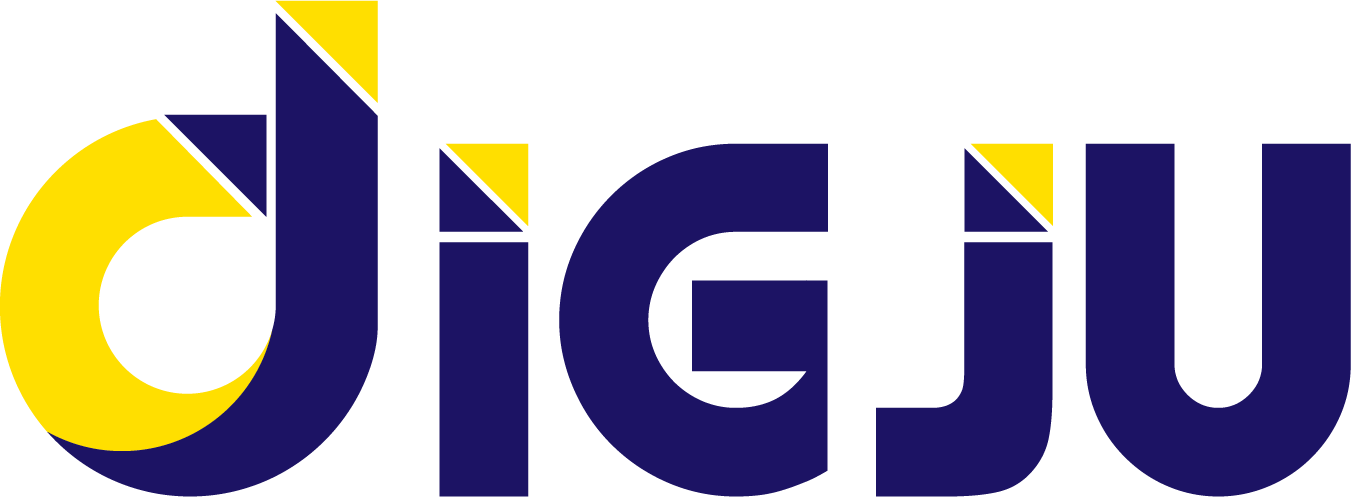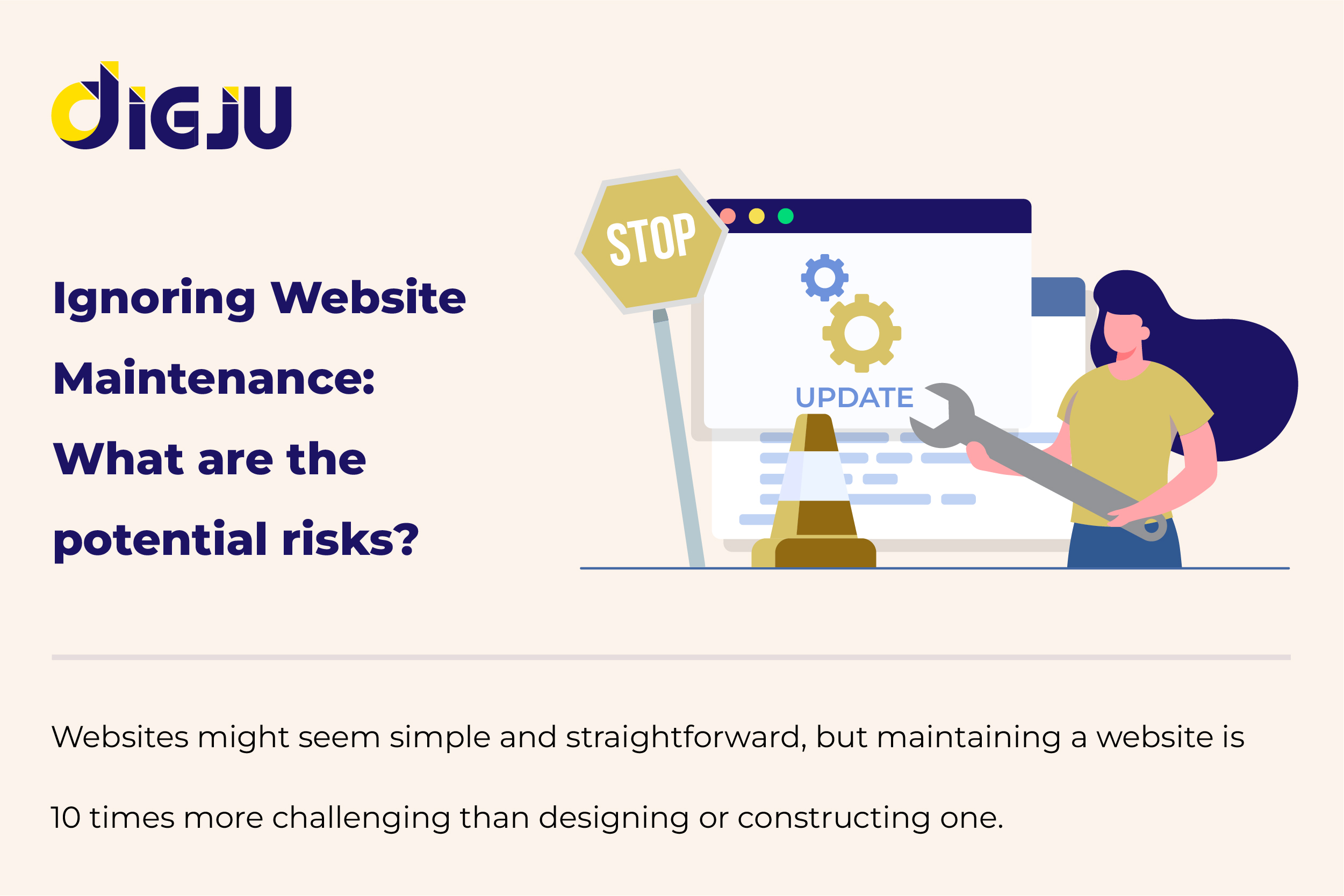How many websites are actually running live and maintained?
Websites might seem simple and straightforward, but maintaining a website is 10 times more challenging than designing or constructing one. Only seasoned experts can keep a website functioning for a long period of time. Here are the six most important points to handle to maintain your website
1.Security Vulnerabilities
Regular updates to your website’s software, plugins, and security patches are essential to protect against vulnerabilities.Neglecting updates can make your site susceptible to hacking, malware, and data breaches.
Outdated Software and Plugins
Hackers often exploit known vulnerabilities in outdated components to gain unauthorized access or inject malicious code. When you fail to update your software and plugins, you leave your website open to these threats. Content management systems (CMS) like WordPress, Joomla, and Drupal frequently release updates to fix security issues. Ignoring these updates can make your site an easy target for cybercriminals.
Security Patches
Security patches are critical updates that fix vulnerabilities as they are discovered. Ignoring these patches increases the risk of a security breach. Hackers actively scan the internet for websites running outdated software or plugins, making neglected sites easy targets for automated attacks. Once compromised, your website can be used for malicious activities such as:
- Distributing malware
- Conducting phishing attacks
- Participating in botnet operations
Reputation Damage
Neglecting website security can damage your reputation and trustworthiness. Visitors who encounter security warnings or malware alerts are likely to leave immediately, leading to increased bounce rates and lost opportunities.
Search Engine Penalties
A hacked website can be flagged by search engines as unsafe, resulting in warnings to visitors or even blacklisting. This severely impacts your online visibility and credibility.
2.Slow Page Loading Times
Over time, without regular maintenance, websites can become slower. This affects user experience, leading to higher bounce rates and lower search engine rankings.
Caching Issues
Proper caching mechanisms help store static files locally, reducing load times. Without regular maintenance, these mechanisms can become outdated or improperly configured.
Media Optimization
Large media files can significantly increase page load times if not optimised. Regular maintenance includes:
- Compressing images
- Converting videos to web-friendly formats
- Implementing lazy loading
These practices ensure that media files do not slow down your website.
Server Optimization
Regular updates and optimizations ensure that your server can handle increasing demands efficiently.This includes:
- Database optimizations
- Server software updates
- Code optimizations
By staying proactive with these tasks, you improve page load times and overall site responsiveness.
3.Decreased Search Engine Rankings
Search engines prioritize websites that are fast, secure, and regularly updated. Neglected sites may drop in rankings, reducing visibility and organic traffic.
Site Speed
Fast-loading websites contribute positively to user experience and search engine rankings. Neglecting maintenance can lead to slower load times, negatively impacting your SEO efforts.
Security
Secure websites are prioritized by search engines to protect users from potential threats. Websites that neglect security updates and become compromised may be flagged by search engines as unsafe, resulting in warnings or penalties that can impact rankings.
Mobile-Friendliness
Optimizing your site for mobile devices ensures a positive user experience and maintains SEO rankings. Neglected websites that are not optimized for mobile devices may provide a poor user experience on smaller screens, leading to higher bounce rates and decreased engagement.
4.Negative User Experience
A poorly maintained website frustrates visitors, leading to increased bounce rates and decreased conversions. User experience impacts your brand reputation and customer retention.
Broken Links
Over time, links within your website can become broken or lead to pages that no longer exist, frustrating users. Regularly checking and fixing broken links is essential for maintaining a positive user experience.
Mobile Responsiveness
Ensuring your site adapts well to smaller screens and touch-based navigation is essential for a positive user experience. Responsive design ensures that your website looks and functions seamlessly across a range of devices, providing a positive experience for all visitors.
Page Layout and Design
Regular updates to the visual appearance and layout of your site enhance usability and maintain consistency with your branding. This includes:
- Updating the visual appearance of your site
- Optimizing the layout for readability and accessibility
- Ensuring that branding elements remain consistent and impactful
5.Loss of Business Opportunities
Your website is a critical marketing tool. Neglecting it can result in missed sales, leads, and partnerships. Potential customers may turn away due to a lack of trust or professionalism.
E-commerce Issues
If your website includes an online store, outdated software or plugins can lead to technical issues during the checkout process. Common problems include:
- Payment gateway failures
- Order processing errors
- Inventory discrepancies
These issues frustrate customers and deter them from completing purchases.
Lead Generation
Forms and contact pages that fail to function properly reduce your ability to capture leads and follow up with potential customers. Regular maintenance ensures that all forms and interactive elements on your website work as intended, facilitating seamless communication and lead generation.
Partnership Opportunities
A neglected website with outdated content, broken links, or security vulnerabilities can create a negative impression and deter reputable organizations from associating with your brand. By maintaining a polished and reliable website, you enhance your credibility and attractiveness as a partner, opening doors to valuable business opportunities and strategic alliances.
6.Increased Maintenance Costs
Delaying regular maintenance can lead to larger problems that require extensive repairs or rebuilds. Emergency fixes are often more costly than proactive upkeep.
Emergency Repairs
Critical components may fail due to outdated software or unforeseen vulnerabilities, requiring specialized technicians or cybersecurity experts. These emergency services often come at a premium cost.
Data Recovery
Security breaches or server failures may necessitate significant fees from IT service providers or data recovery specialists. In the event of a security breach, malware attack, or server failure, your website’s data may be compromised, corrupted, or lost entirely. Retrieving and restoring data from backups or conducting forensic analysis to identify the cause of the incident can incur significant fees.
Site Downtime
Downtime disrupts your ability to serve customers, process transactions, or deliver content to visitors. This leads to:
- Revenue loss
- Reduced productivity
- Potential damage to your reputation
Regular maintenance helps minimize the risk of downtime by identifying and addressing potential issues before they escalate into costly disruptions.
Conclusion
Regular website maintenance isn’t just about squashing bugs; it’s like giving your website a spa day. By keeping up with updates, security checks, and performance tweaks, you ensure a smooth user experience, better search engine rankings, and fewer headaches down the road.
Think of investing in website maintenance like taking your car in for regular service. Keep your site updated, monitor its performance, and fix any issues quickly to make sure it stays fast, secure, and user-friendly. Your website—and your business—will thank you.

